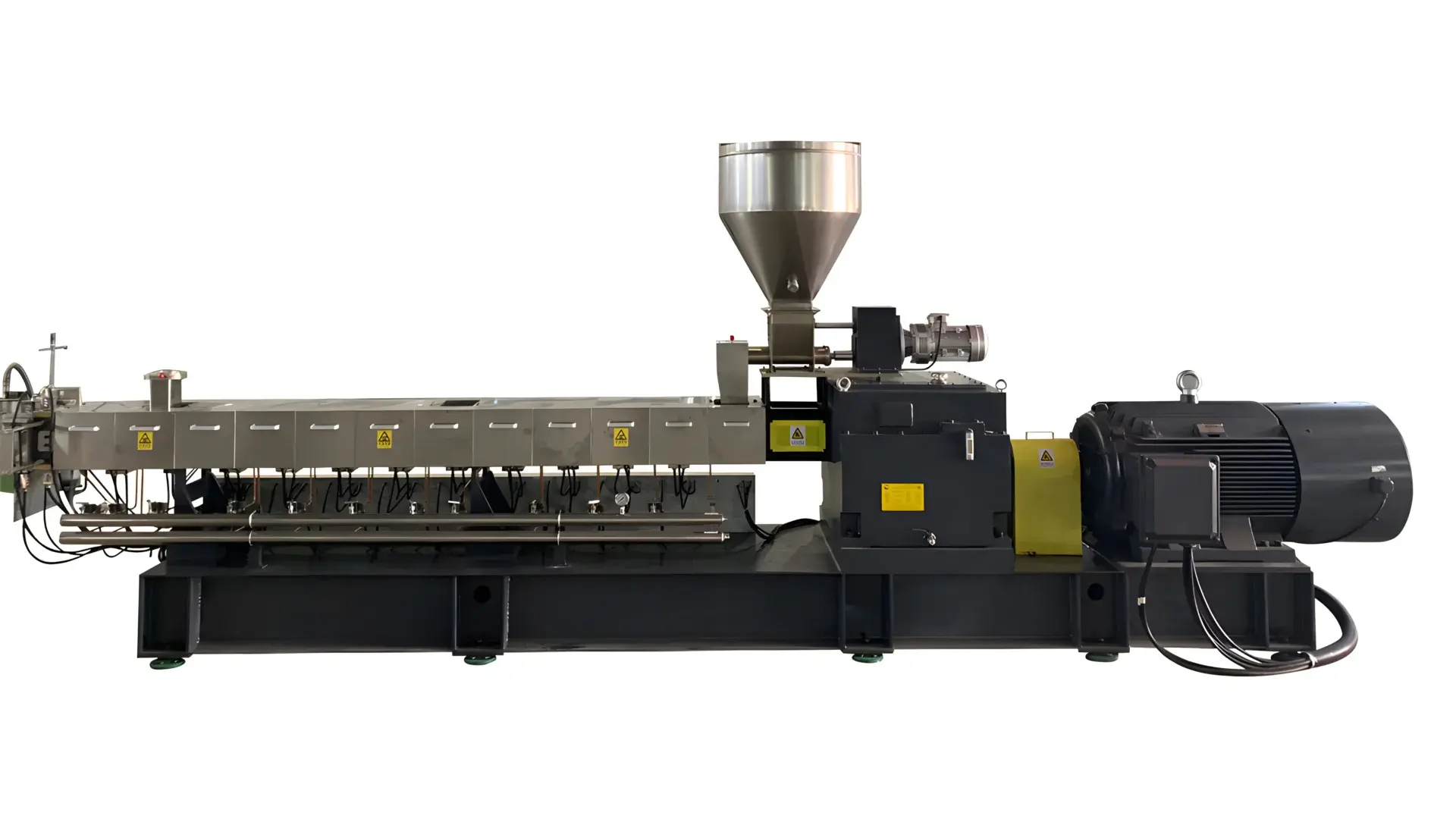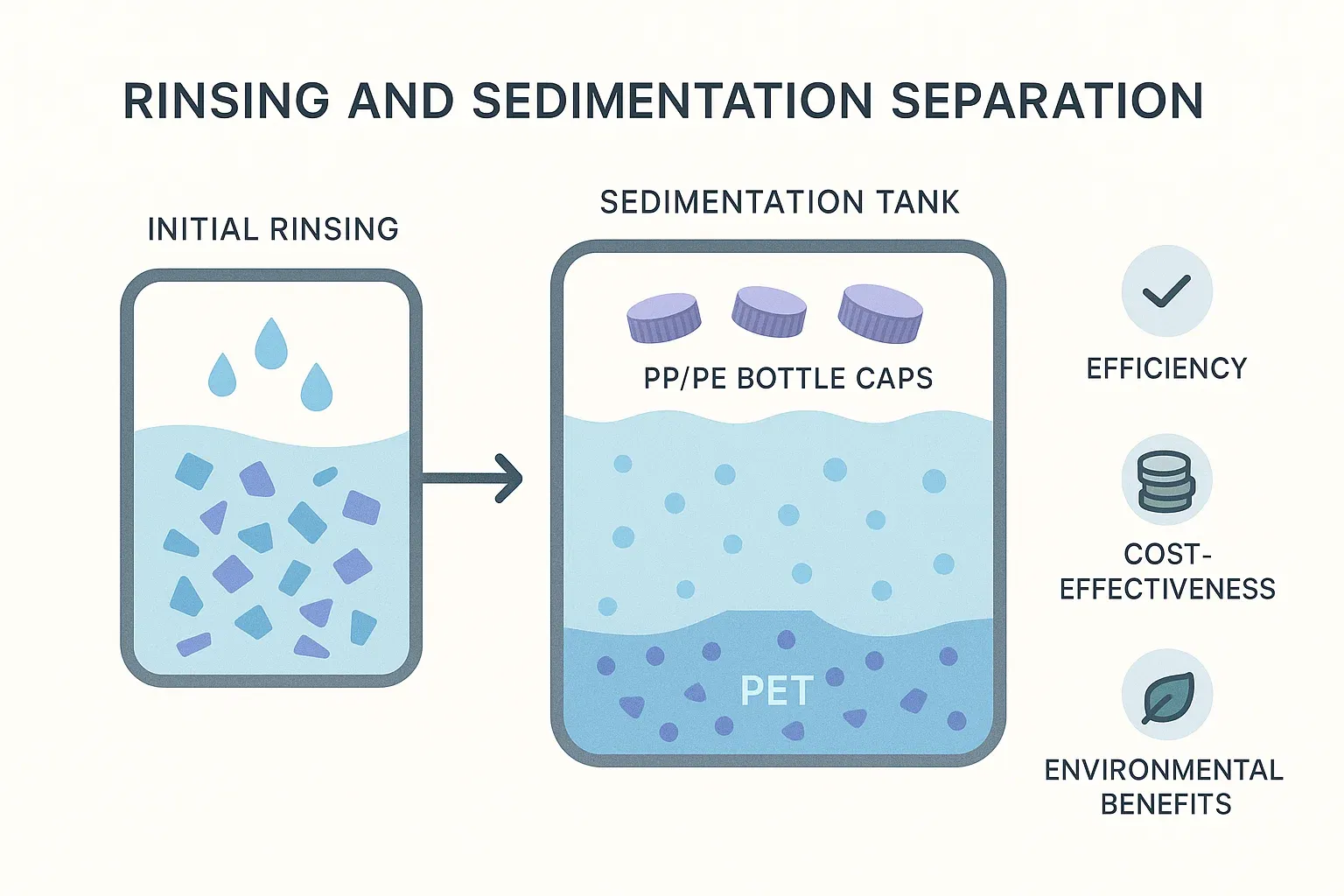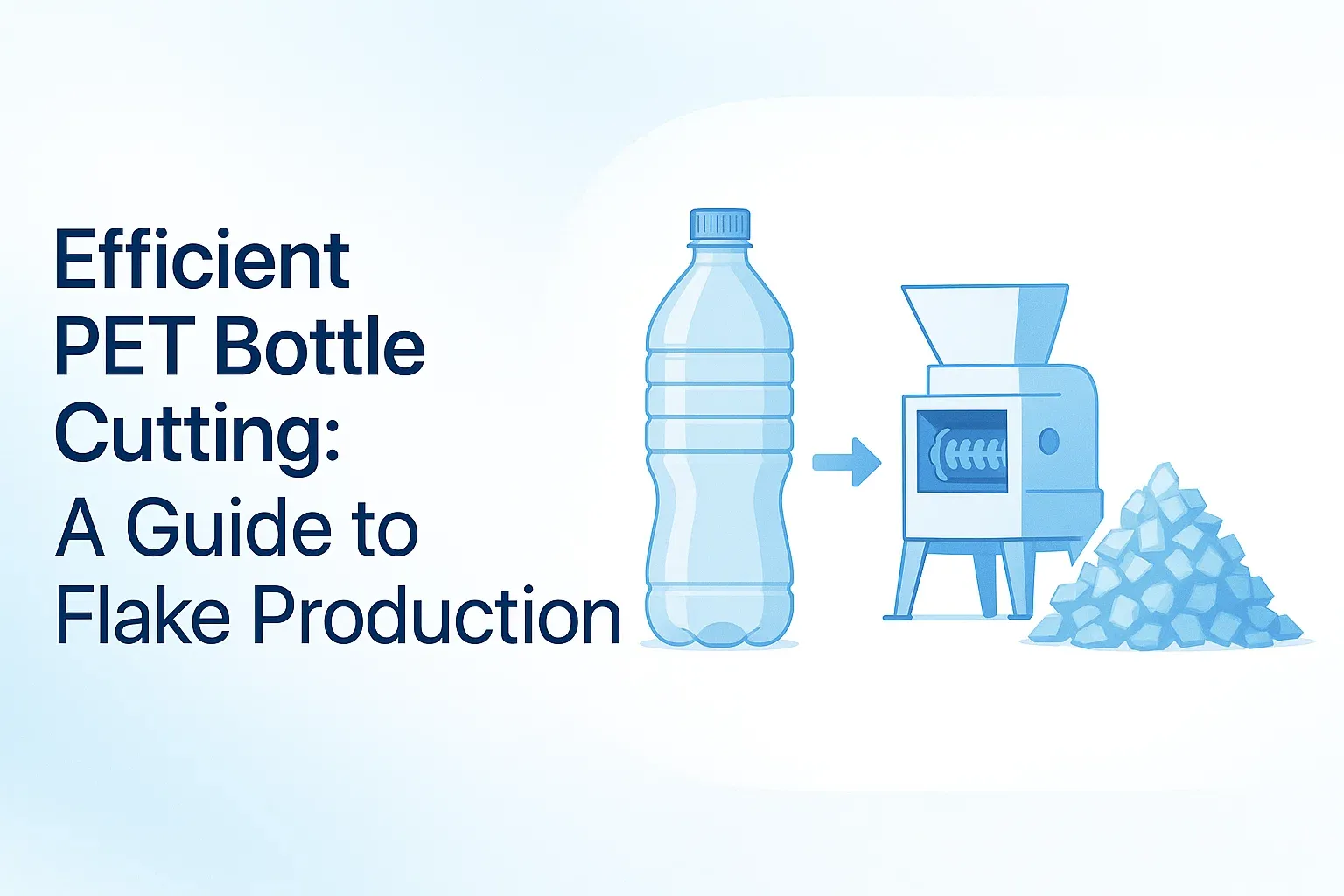Extrudeuses à Double Vis à Haute Performance

Rumtoo Twin-Screw Extruders: Boosting Your Production Efficiency Are you ready to enhance your industrial processes? Explore the superior performance of Rumtoo’s high-efficiency co-rotating twin-screw extruders...






